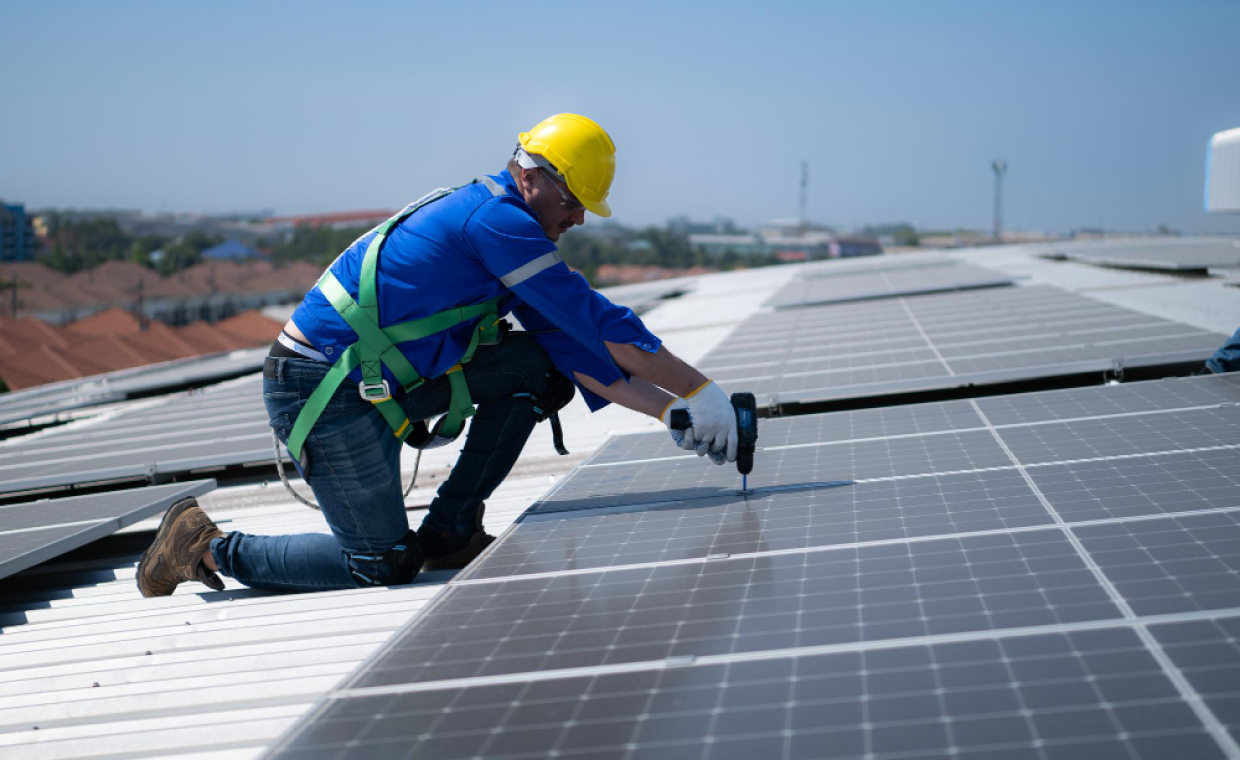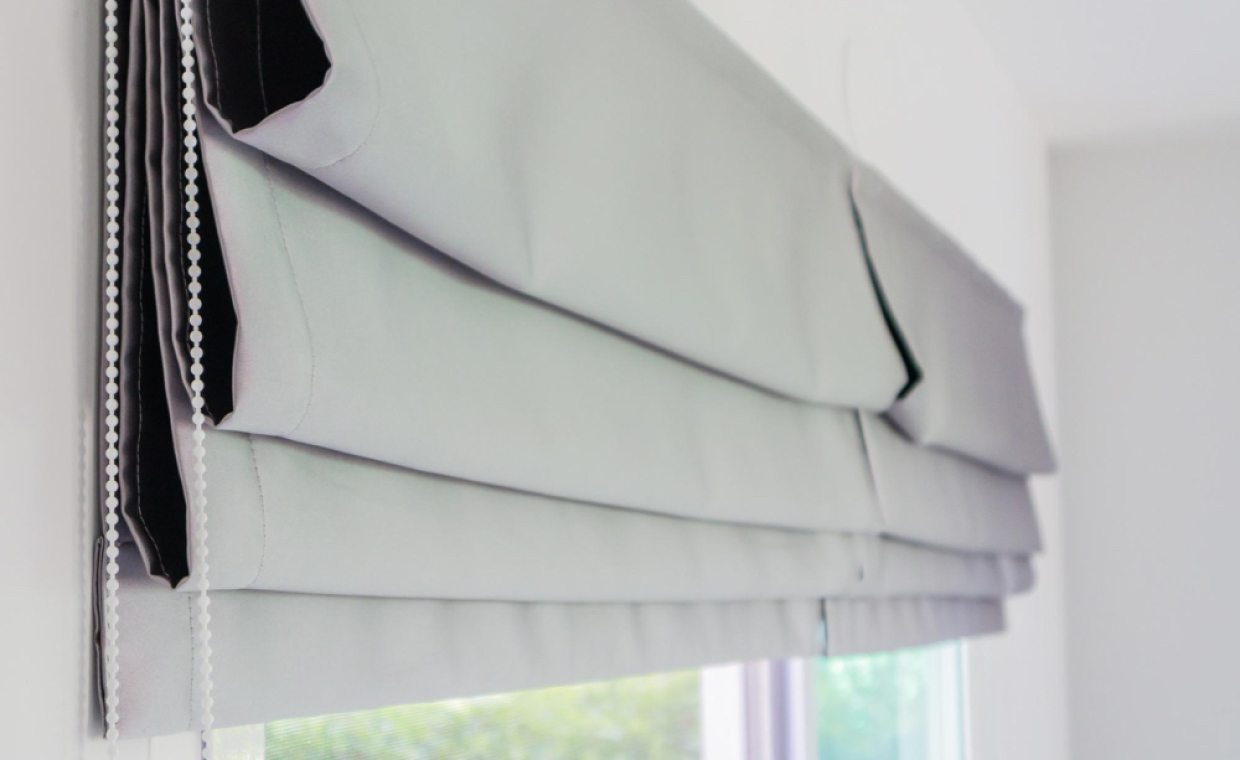
Older homes often charm with their history and character, but they are frequently plagued by HVAC problems in older homes. The primary reason for these issues is outdated systems that can’t keep up with modern efficiency standards. These systems may have been cutting-edge decades ago, but now they struggle to maintain consistent temperatures and airflow.
Another factor contributing to HVAC issues in older homes is poor insulation. With time, materials degrade, and gaps and leaks can form. This means that even the best-maintained HVAC systems have to work harder than necessary.
Structural Challenges in Older Homes

Older homes often face unique HVAC issues due to the aging infrastructure. Key problem areas include deteriorating ductwork, insulation deterioration, and outdated HVAC systems.
01. Deteriorating Ductwork

As homes age, the ductwork can face significant wear and tear. Over time, ducts may develop leaks or gaps, which reduce efficiency and force the HVAC system to work harder.
Signs of Deteriorating Ductwork
- Increased energy bills
- Uneven heating and cooling
- Poor indoor air quality
02. Insulation Deterioration

Insulation materials can degrade over time. This leads to poor temperature control and increased strain on the HVAC system. Ineffective insulation can result from factors like moisture damage or settling of the building. Signs of diminishing insulation effectiveness: Frequent need for HVAC adjustments and understanding your home’s temperature variations are key indicators.
03. Outdated HVAC Systems

Older HVAC systems lack the efficiency and technological advancements of modern units. They are often more prone to breakdowns and costly repairs. Upgrading to newer, energy-efficient models can offer considerable improvements in both performance and cost savings.
Indications of Aging HVAC Systems
- Frequent breakdowns
- High energy consumption
- Difficulty maintaining a consistent temperature
When you need AC repairs? Frequent breakdowns and inefficiency are clear signs that an update may be necessary. Newer systems provide better climate control and reduce energy costs. Using a knowledgeable approach to identify and manage these structural challenges can maintain comfort and efficiency in older homes.
Conclusion
Addressing HVAC problems in older homes requires understanding the impact of outdated systems and deteriorating infrastructure. By identifying these challenges early, homeowners can improve comfort and efficiency through strategic upgrades and regular maintenance.
Also Read: A Guide To Designing A Smart HVAC System For Your Home






























